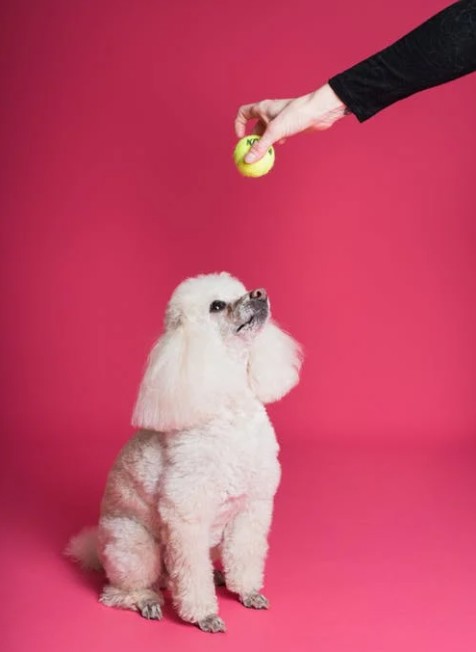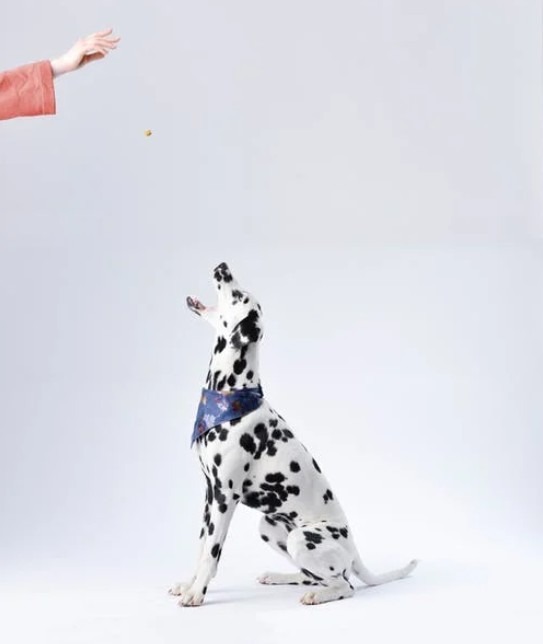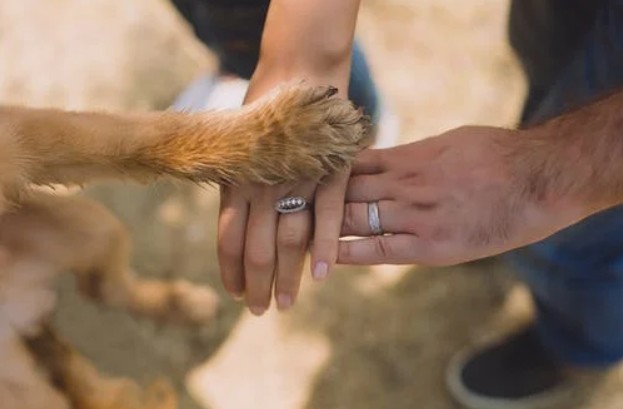Having a dog as a pet usually means that you’re in for an exciting and active time. No matter what kind of breed or mix of dog you get, most of them require a decent amount of exercise. Dogs are also really happy when their humans play with them, so get ready for a lot of running and even jumping.
If you’re thinking about getting a dog, you might be especially excited about teaching them tricks. So many dog owners seem to show off interesting tricks that their canines can do. It’s not just about showing off, either; having a dog trained to do tricks will also make them more manageable and controllable.
Those who have never tried to teach a dog tricks before might feel a bit hesitant at the task. However, going for the right steps and being prepared can make the process a lot easier. Here are some of the top tips from experts to follow when you’re teaching a dog or puppy some tricks:
Start With the Basics
The first step for teaching a dog tricks is to think of the activities as puzzles for the pet. Teaching the trick will be like challenging their mind, enhancing their focus, and improving their intelligence. This way, hesitant dog owners will be motivated to go ahead with teaching their dogs tricks. As long as it benefits the dog and doesn’t take advantage of them, learning and practicing tricks are also a great bonding activity between the dog and its owner.
No matter what kind of tricks you have in mind, try following the motto that says ‘cue, action, and reward’. Timing is quite important here, as you need to give the reward right when the action is done; for example. Give the dog a treat as soon as they bring you your newspaper. If you delay their gratification, they won’t be able to connect the reward with the act or trick.
Don’t Tire Them Out
It’s also advisable not to keep the dog’s training sessions too long. Minimize distractions in the vicinity, and remember to positively reinforce the dog’s actions. Verbal praise, head scratches, edible treats, and pats on the head are all acceptable here. Training makes it easier to keep a dog indoors if necessary as well, so over-exciting them isn’t really good for your home.
Don’t be too miserly with the treats either; in fact, training a dog might mean that you have to stock up on your dog’s favorite foods. If this includes items like meat, cheese, or anything else, try to make it fit within your budget.
Spinning in a Circle
Teaching a dog to spin in a circle is one of the easiest tricks they can master. This is because dogs have a natural instinct to hunt, so they have the gene that makes them want to spin in a circle. Make use of this natural ability by letting the dog sniff a treat while you’re holding it. Then, move your hand in a circle around the canine and give the cure to ‘spin’. First encourage the animal to spin with his nose and follow the circle of the treat. When he accomplishes that, give him the snack.
After your dog has that trick under his belt, start using the word ‘spin’ or use a hand gesture for eliciting the same behavior in the future. Teaching follow-up commands such as ‘reverse’ or ‘rewind’ will also be quite easy using the same process (only backwards).
Crawling Through a Small Space
There might be time when your dog has to crawl through a very small space or tunnel. This trick will come in handy if they’re in danger or if they want to bring help to someone who needs it.
However, small spaces can scare a dog when they’re faced with it for the first time. You can train them for this trick using nothing but equipment you can find at home right now.
One way to go about this is to set up a row of your chairs. Begin the canine conditioning by using a treat to help the dog get on its belly. It will then crawl under one of the chairs, much like soldiers in training crawl during their exercises.
Once they crawl through one chair, reward the dog with a treat. One chair isn’t enough, though, so add another one and go over the first step again. Slowly, move the reward or treat a bit further away from the arrow’s end with each round. This way, the dog will eventually learn how to crawl through a complete ‘tunnel’ to get at that treat.
Shaking Hands and Giving a High Five
If your dog knows how to sit at your command, then teaching them how to shake hands or high five will be a cinch. To do this, ask them to sit and then start tickling the back part of their leg.
This will cause them to lift their paw, and that’s the time to give the cue ‘shake’ or ‘give paw’. At the same time, reach for their paw and try a high-five or handshake. If they go through with it, they can be rewarded.
For a high-five command, conceal the treat in your hand by making a fist. You can then try getting the dog to paw at the place where he saw the treat disappear. Give the ‘high-five’ cue while they’re pawing, and open up your hand to reward the dog for the action.
Rolling Over
Once your dog understand the ‘down’ cue, you can go ahead and teach them to roll over. The trickiest part of this might be stopping yourself from using your hands. You want the dog to roll over on its own and not expect any help.
Instead, you can encourage the dog to be initiative by using toys, treats, and other types of rewards. First, ask the dog to assume the ‘down’ position, and then use a treat to guide their nose over their shoulder. This will have them fling the treat, displacing their weight, and eventually rolling over. Once they do, give the ‘roll over’ cue.
Continue moving the treaty until his body is fully rolled over. They’ll be ready for their reward then, and will hopefully perform the act on their own after a few times.
Acting Shy
Many of us usually think of dogs as being exuberant and friendly. This is why it’s funny and entertaining to see a dog acting as if they’re shy; for example, covering their eyes.
You can train a dog to do this by putting a small bit of masking tape on their nose. Their immediate reaction will probably be to try and bat off the tap. This will mean that they’re bringing their paw to their nose. When they do so, use a cue such as ‘good shy’ and give them the reward.
When you repeat this practice often enough, the dog will hopefully understand the command and not require tape for the required reaction.
Conclusion
No matter how old or young your dog is, they can probably learn at least a few new tricks. At the very least, your pet needs to learn how to obey commands like ‘sit’, ‘heel’, and ‘stay’. This will make things easier for you and also ensure their safety. The more creative tricks are not just fun to watch, but also keep the dog out of trouble and makes for great exercise. Try out a couple of new tricks this week and see how it goes.




